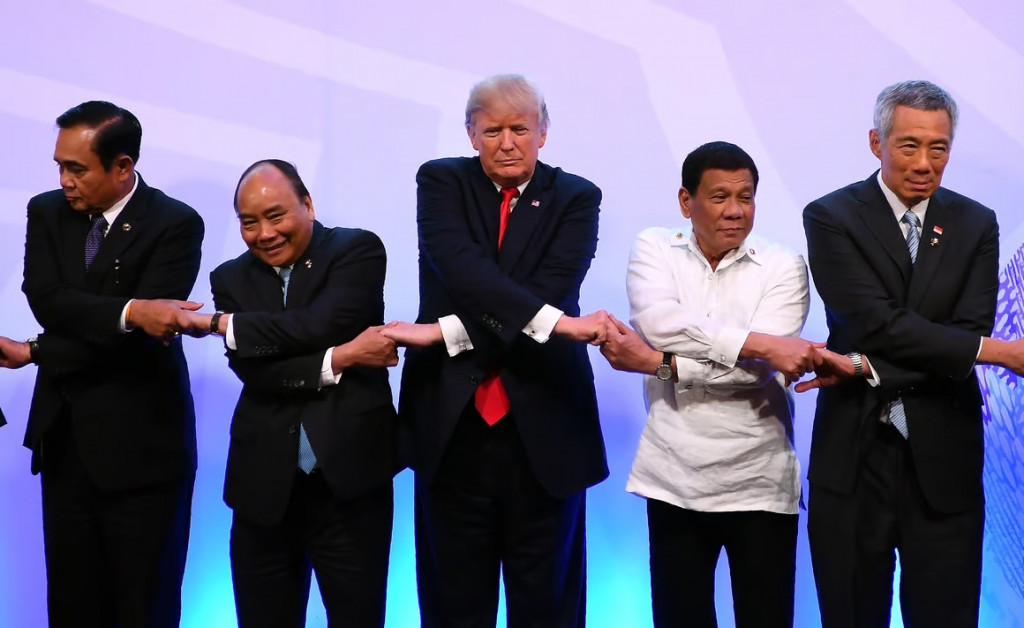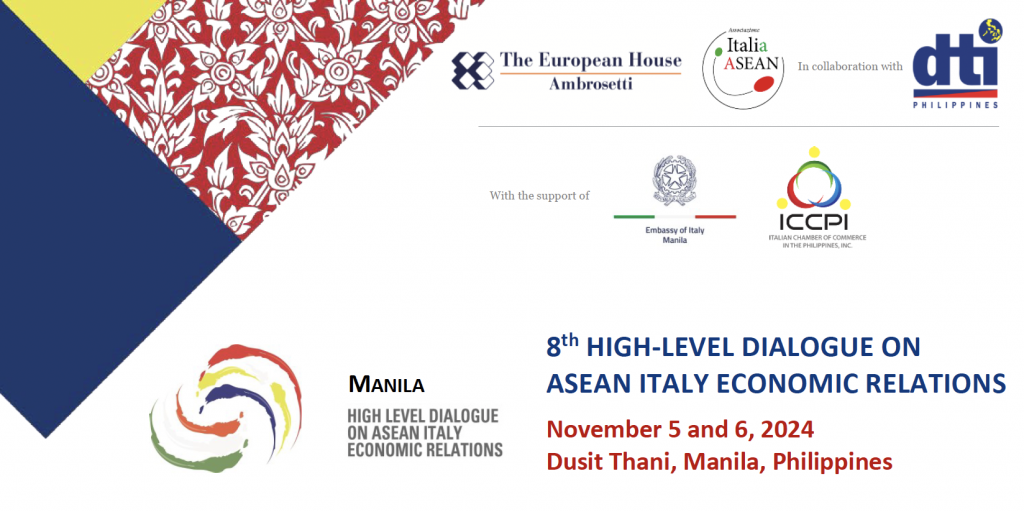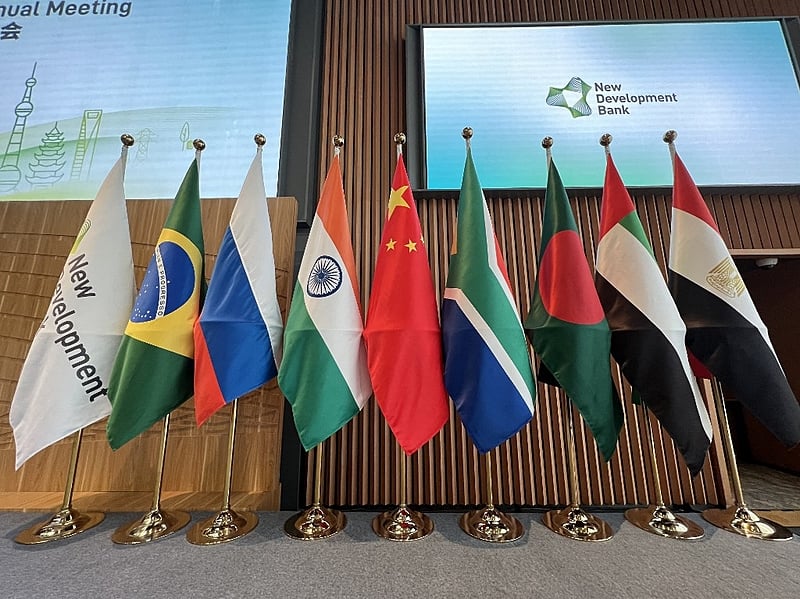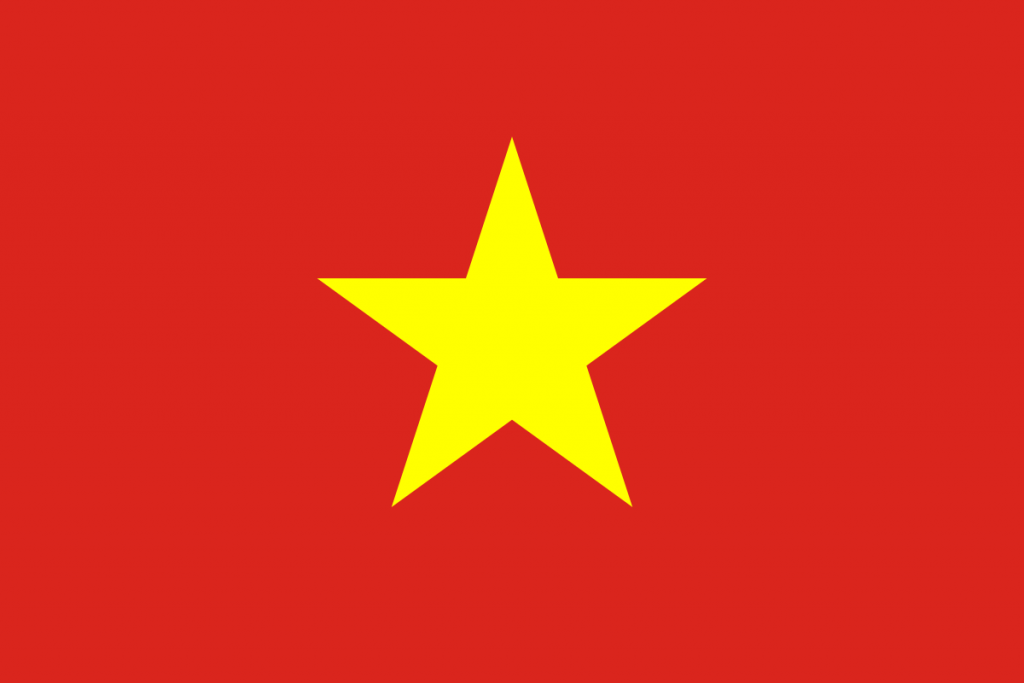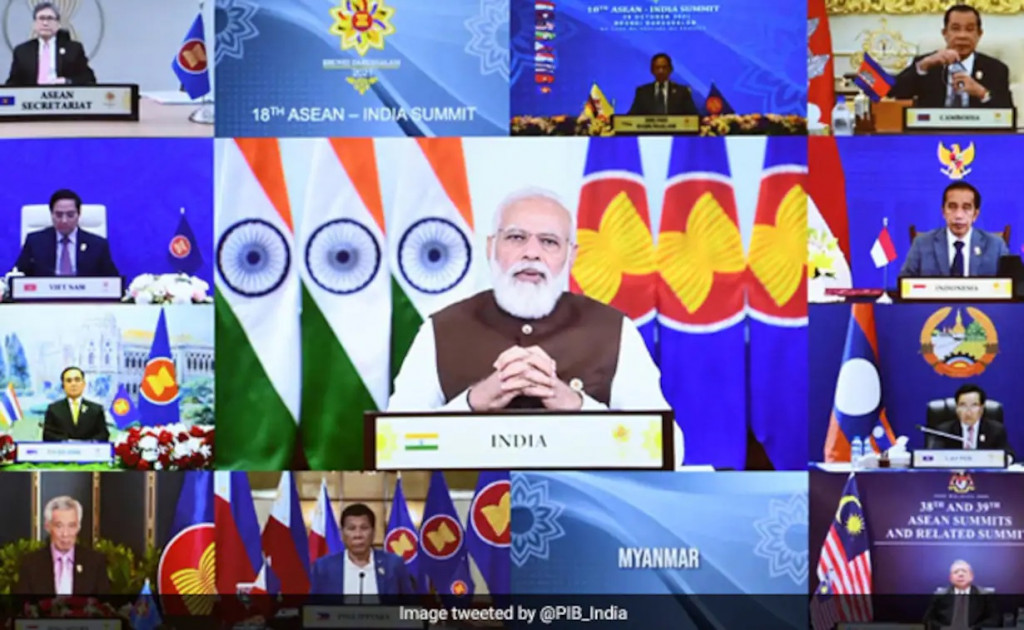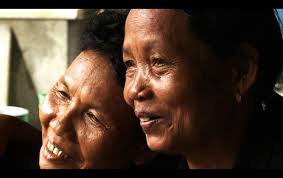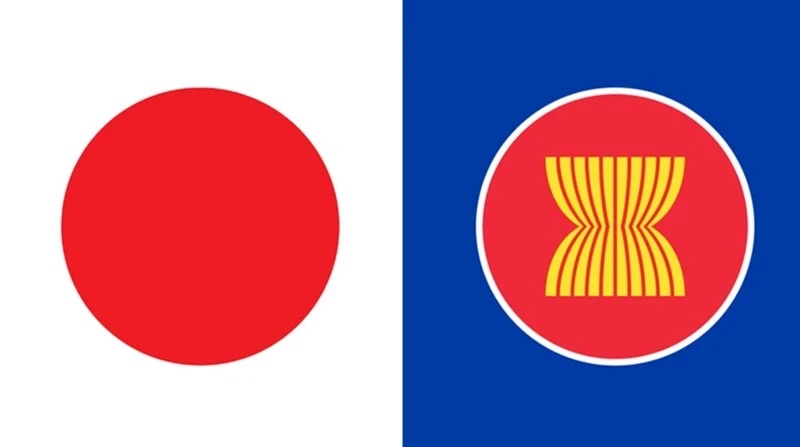Southeast Asian countries strengthen cooperation on environment and technological innovation. A very important development
By Walter Minutella
In a world rapidly evolving toward sustainability and technological sophistication, ASEAN and Japan have undertaken several collaborative initiatives aimed at promoting economic growth, environmental sustainability and technological innovation.
During a significant visit to Hekinan City, Aichi Prefecture, Japan, Dr. Kao Kim Hourn, Secretary General of ASEAN, explored the Hekinan Thermoelectric Power Plant and the Ammonia-Based Thermal Fuel construction site operated by Japan's Energy for a New Era, Inc. (JERA). Accompanied by JERA President and Director Hisahide Okuda, Dr. Kao closely observed the facility's innovative projects, which include a pioneering demonstration aimed at achieving zero carbon emissions through co-firing coal and ammonia. This technology could make the Hekinan plant the first large-scale plant in the world to use this solution, marking a significant step toward carbon neutrality.
ASEAN's commitment to partner with Japan in such green initiatives underscores a shared vision for a sustainable future. Diversifying energy sources to include ammonia and hydrogen is a critical component of this strategy, reflecting a concerted effort to reduce carbon footprints while ensuring stable electricity supplies to regions such as Chubu and beyond.
The strategy proposed by Japan and ASEAN focuses on several key areas to strengthen their competitiveness in the electric vehicle market. First, a significant effort is devoted to staff training, with Japan planning to allocate 140 billion yen (about $900 million) to improve workers' technical skills in digital technologies at factories and component suppliers. This investment aims to enhance the efficiency and quality of the workforce, contributing to the sustainability of production.
Another key area of the strategy is the decarbonization of production. Using advanced Japanese technologies, carbon dioxide emissions will be measured and solutions for switching to renewable energy sources in production processes will be promoted. This initiative is in line with global efforts to mitigate climate change and reduce the industrial carbon footprint.
The supply of essential mineral resources for electric vehicle batteries is another pillar of the strategy. Joint efforts will focus on obtaining rare materials and researching recycling methods, thus ensuring a stable and sustainable supply of crucial components.
Similarly, investment in next-generation fields, such as biofuels, is also an additional area of focus. Special attention will be paid to the development of biofuels derived from used cooking oil, an initiative that not only diversifies energy sources but also supports the transformation of waste into energy resources.
Finally, a comprehensive information campaign is planned to raise consumer awareness of the environmentally friendly characteristics of vehicles produced in ASEAN. This effort aims to increase exports by leveraging international consumers' attention to sustainable practices and products.
On the same day, Dr. Kao visited DENSO Corporation's state-of-the-art facilities in Aniyo City, Japan. This visit was instrumental in showcasing DENSO's recent advances in electric vehicle technology, autonomous driving systems, and sustainable manufacturing practices. The visit highlighted the potential for collaboration between ASEAN and Japan in addressing evolving challenges in the automotive industry, particularly in environmental sustainability and technological innovation.
During the visit, discussions were held on potential partnerships and collaborations aimed at improving sustainability and technological advances in the automotive sector. This aligns with broader ASEAN-Japan initiatives to promote greener and more efficient automotive solutions in the face of growing environmental concerns.
The urgency of this joint strategy also stems from the rapid expansion of Chinese electric vehicle manufacturers in Southeast Asia, which are rapidly gaining ground. As a result, Japan and ASEAN are developing a joint strategy to strengthen their competitiveness in order to succeed in countering China's dominance of the industry through enhanced cooperation in automobile production and sales in the region.
For example, subsidies and tax breaks in Thailand have allowed Chinese companies such as BYD to dominate the market, with 85 percent of EVs sold in Thailand last year being Chinese-made. The joint strategy between ASEAN and Japan aims to regain market share by leveraging Japanese technological know-how and manufacturing capabilities in ASEAN countries.
Currently, ASEAN is home to production facilities of several large Japanese automakers, including Toyota Motor and Honda Motor. These manufacturers assemble more than three million vehicles a year in ASEAN countries, accounting for 80 percent of the region's total automotive production. The proposed joint strategy is expected to be formalized during the next meeting between the economic ministers of Japan and ASEAN in September.
In addition to economic ties, educational programs, cultural events and the popularity of Japanese entertainment have fostered deeper people-to-people connections. Japanese companies are increasingly hiring Southeast Asian talent, reflecting a more integrated and mutually beneficial relationship.
In recent years, ASEAN and Japan have collaborated on regional stability and economic integration initiatives, such as the Comprehensive and Progressive Agreement for Trans-Pacific Partnership (CPTPP) and the Regional Comprehensive Economic Partnership (RCEP). Japan's discreet and consensual approach to diplomacy has facilitated these collaborations, ensuring that the interests of Southeast Asian nations are adequately represented.
The ASEAN-Japan partnership is a testament to the power of collaboration in addressing global challenges. From pioneering carbon neutrality projects to countering the dominance of Chinese electric vehicles, this alliance is poised to drive significant advances in sustainability and technological innovation. By continuing to invest in education, mutual growth, and regional stability, ASEAN and Japan can forge an economically prosperous, ecologically sustainable, and technologically advanced future.

